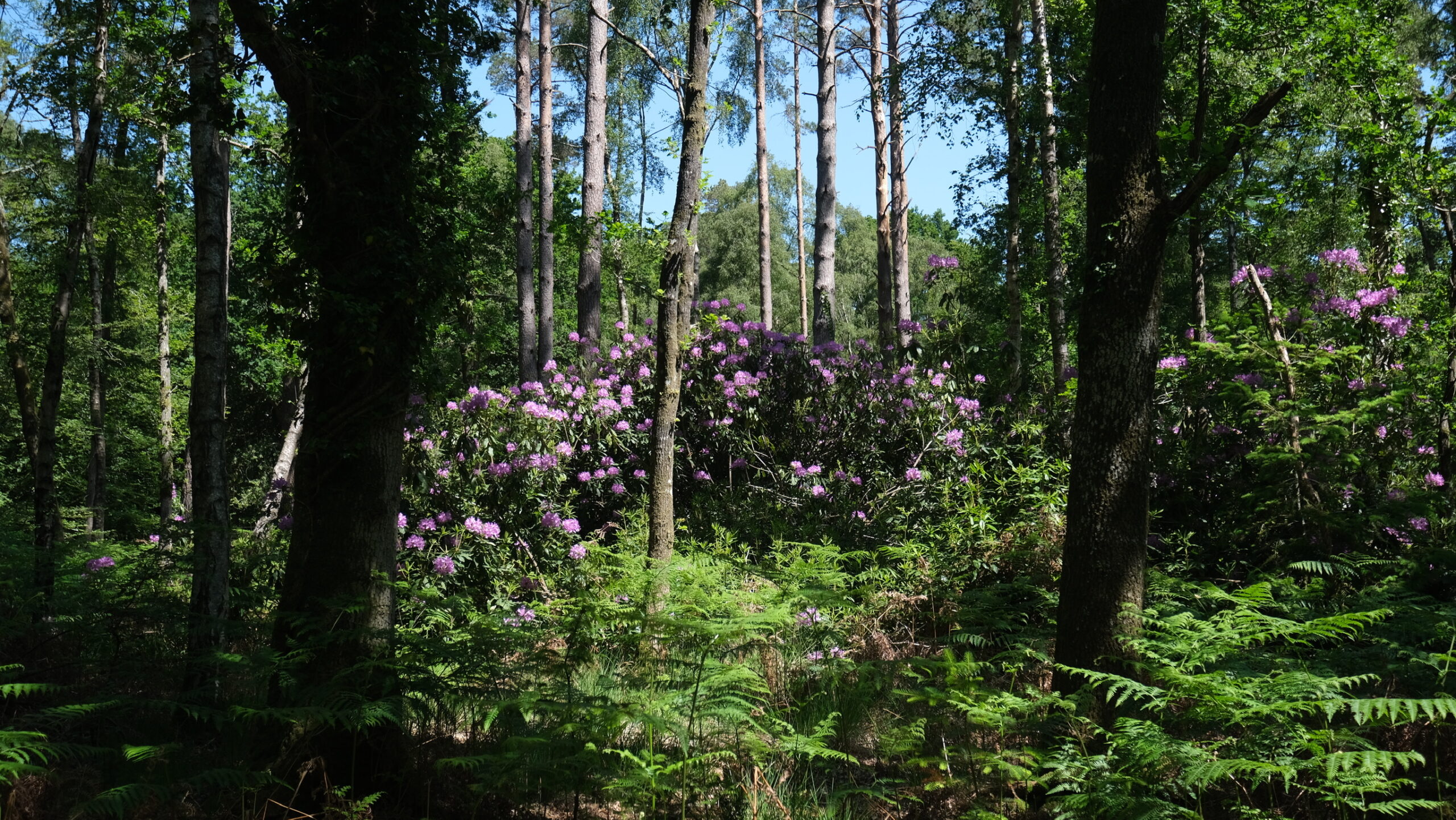Where it all started
The journey to domestication was a long one. Homo sapiens were evolving for 300,000 years before anybody started to think about taming wild species on the landscapes, at least to any significant degree. We lived in harmony with the land, relying entirely on the natural ecosystem for survival.
Nowadays, our society has successfully domesticated a number of different wild species; manipulating them for human gain. But where did it start?
The oldest known example of domestication is that of the Grey Wolf. Multiple times in the last 30,000 years different bands of our ancestors domesticated the Grey Wolf for use as a hunting companion, building a symbiotic relationship with another mammal for the first time in known history. There is little proof pointing to how our ancestors were able to tame this animal, but in all likelihood, the domestication was mutual as the wolves and humans could have worked together to better both their chances, something drastically different to the subjugation we now see of our domesticated partners.

Above: Grey Wolf
Since the domestication of the dog we had a long time to wait before we domesticated our next species, but when it happened, this time there was no going back.
It was not until 12,000 years ago, in what is now modern day Turkey that we saw the first signs of the widespread agriculture that would go on to take over the entire globe. That site is called Göbekli Tepe and on this location is the oldest known record we have of plants beginning to be domesticated from their wild ancestors into the grains we know today.

Above: Göbekli Tepe, turkey
There is no conclusive evidence leading to why this may have happened. I like to think that this was just a natural step in human civilisation; that despite the sustainability of hunting and gathering we were always destined to experiment with agriculture. Furthermore, Göbekli Tepe is not the only site where agriculture took off, it is just the oldest. All this leads archaeologists to believe that domestication was a natural step in civilisation and given enough time our conscious, but wild, ancestral Homo sapiens were always going to establish a farming society.
Since the agricultural revolution, we have become the masters of domestication. Taming countless wild species into the foods we love today: chicken, carrots, pork, lettuce and portobello mushrooms among thousands of others are all from domesticated species, cultivated by humans for humans. However, 12,000 years later we are only just now beginning to understand the impact this is having on our health.
Nowadays, the average human goes through their entire life without substantial exposure to any wild plants, animals or fungi. This lack of exposure to the wild (or should I say substantial exposure to the domesticated) is having an impact on our health. The domestication of our food has removed vital nutrients from our diets, nutrients that can only be found in the wild versions of our domesticated species. To grow more food for the booming population, we took away some of the qualities that made them good foods in the first place.
We are no longer the wild individuals that left East Africa to explore the world, we have become something else. We have globalised, using science and communication to solve some of the worlds cruelest diseases and even sent people out of Earth’s atmosphere to the moon, but we have paid a price too. Through the establishment of an agricultural society and the ruthless domestication of plants and animals we have domesticated ourselves too.
One day we may be able to turn to science for all the answers, but for now, we are still very much in Mother Nature’s hands. During this time we need to recognise the impact that domestication has had on our individual health as well as the health of our world.
There is no going back, there is only Beyond Domestication.










